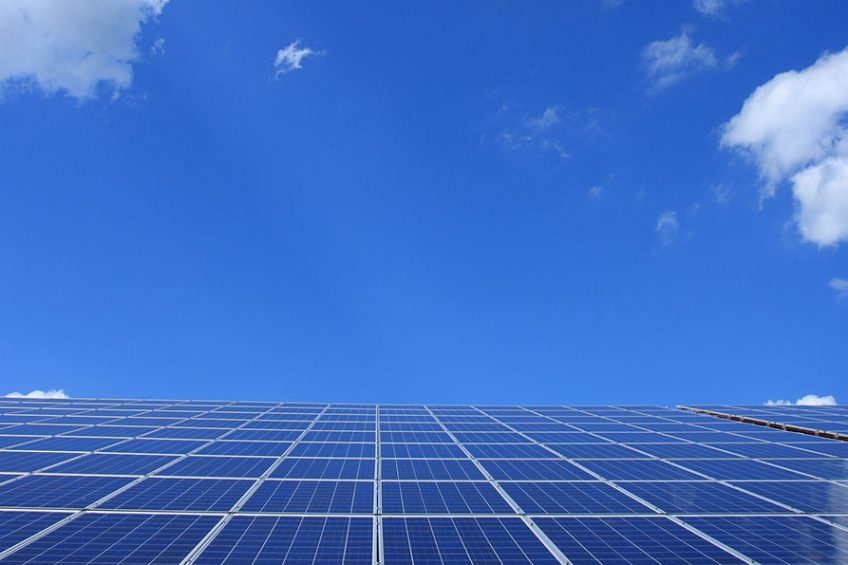Clean energy slashes costs at Australian poultry farm

Australia’s largest free-range broiler farm, Riverlands Free Range, has slashed its power bill after installing one of agriculture’s most extensive solar and battery systems.
The farm’s energy costs were nearing AUS$ 1 million (US$ 714 thousand) before the system was installed, according to Ben Edser from AAM, the investment group that owns Riverlands Free Range, adding that following the AUS$ 5 million (US$ 3,56 million) investment, the farm has been able to reduce consumption by about 70%. The farm in South Australia raises about 10 million birds per year in 42 sheds, reports ABC Landline.
Reducing 1,500 tonnes of emissions
Although poultry farming in the area is attractive due to its “continuity and reliability of revenue…basically no exposure to weather [or] to commodity prices going up and down,” according to Edser, it was initially exposed to volatile electricity prices, which “made a big dent in the profits of this steady earner”, thereby prompting the investment in renewable energy. With the support of AUS$ 1.3 million (US$ 928 thousand) of state government funding, 1.4 megawatts of solar panels were added to the farm to the farm sheds, as well as 5 large-scale batteries. Furthermore, a reduction of 1,500 t of CO2 equivalence has been realised. This, said Edser, can be compared to taking 1,200 cars off the road or planting 25,000 trees.
 Poultry bones turned into green fuel
Poultry bones turned into green fuel
Brazilian researchers are looking into the possibility to turn poultry bone waste into a green biodiesel via hydrogenation.
From manure to money
Another way the farm is cutting costs is by converting more than 50,000 cubic metres of soiled straw and manure, which comes out of the sheds each year, into a nutrient-rich compost which is then available for purchase. This compost has 3% nitrogen, 2% potassium and 1% phosphorus. “This was costing the business over [AUS]$ 200,000 [US$ 142 thousand] a year,” Edser said to ABC Landline. A winemaker is using much of this compost on its organic vineyards.












